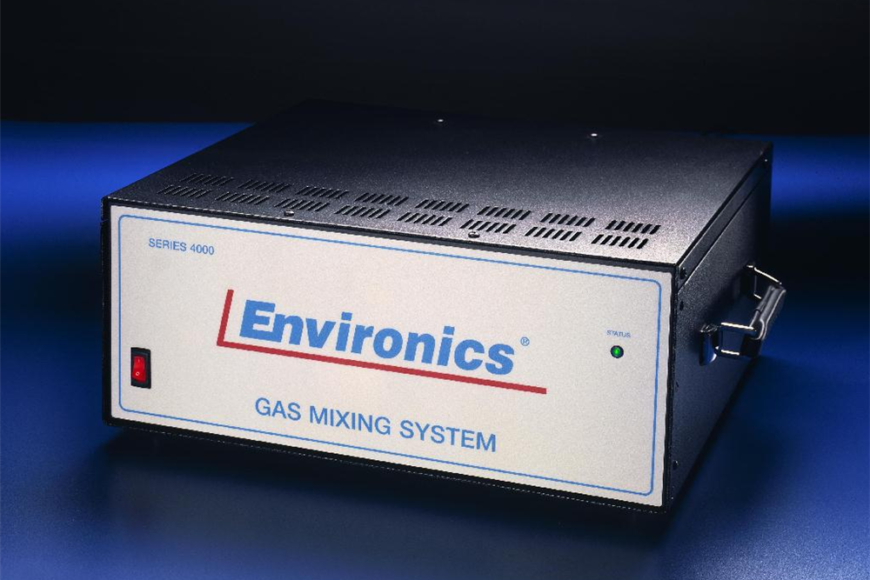
Calibration is a critical, yet often overlooked aspect of benchtop chromatography. Guidance on the frequency that gas chromatographic workflows should be calibrated is generally aligned, with the consensus being once every three months is sufficient. However, some believe that calibration can remain stable for up to six months, while other users calibrate as a matter of course before any experiment. The guidance deviates even more when discussing calibration standards, and whether premixed cylinders can match the performance of a purpose-built gas mixer.
Regardless of the methodology, all users know accurate calibration standards are essential for optimal gas chromatography (GC) performance. But how is the accuracy of a given standard guaranteed? It often comes down to flow control, specifically to the performance of the mass flow controller (MFC).
This article will briefly outline calibration standards and mass flow controllers to demonstrate how MFCs are used to produce accurate calibration standards.
What Are Calibration Standards?
Calibration standards are reference materials with a known composition used to test the precision of an instrument or detector. In the context of gas chromatography, a calibration standard would be a gas mixture with precisely defined ratios. The purpose of a gas calibration standard is to test the detector’s working parameters. As the composition of the standard is known, any deviations in the signal output indicate a loss of instrument performance, which would lead to inaccurate results. The calibration standard allows users to recalibrate drifting detectors and mitigate the risk of unreliable results.
If GC equipment is not functioning properly, this could have severe consequences for both manufacturers and consumers alike.
What Are Mass Flow Controllers?
A mass flow controller (MFC) is an instrument used to measure and control the flow rate of gasses. The flow rate is set via an analog or digital command signal. This signal controls a valve which responds by opening or closing depending on the change in flow rate that is required.
Mass flow controllers are accurate enough to supply inline gas to critical semiconductor processes, which is a testament to their performance, quality, and efficiency.
How Are Mass Flow Controllers Used To Enable Accurate Calibration Standards?
The accuracy and reliability of GC results depend on the accuracy and reliability of their underlying calibration standards. Thus mass flow control based gas dilution and mixing systems are the ideal solution for gas mixers outputting calibration gases. Unlike volumetric flow rate, mass flow control measures the mass per unit time to deliver an accurate stream that is unaffected by temperature fluctuations or humidity. This enables MFC based systems which are calibrated to have the highest degree of accuracy and repeatability to create custom blends of individual gas streams with specific requirements. MFCs are subsequently the ideal solution for flow rate control in precise gas mixers intended to output GC calibration standards.
Looking for Accurate Calibration Gas Mixtures?
Environics manufacture gas mixers that blend gases to ensure calibration standards are produced precisely, due to the 11-point calibration and Environics’ proprietary software. Currently, our Model 4000 gas mixing system can hold a total of eight mass flow controllers and the Model 3000 has virtually unlimited potential for MFC number. With an accuracy of +/-1% of the setpoint, the highest degree of accuracy is obtained at every calibration points.
If you would like more information about mass flow controllers or any of the other Environics products, please reach out to a member of our team via the contact us button.

